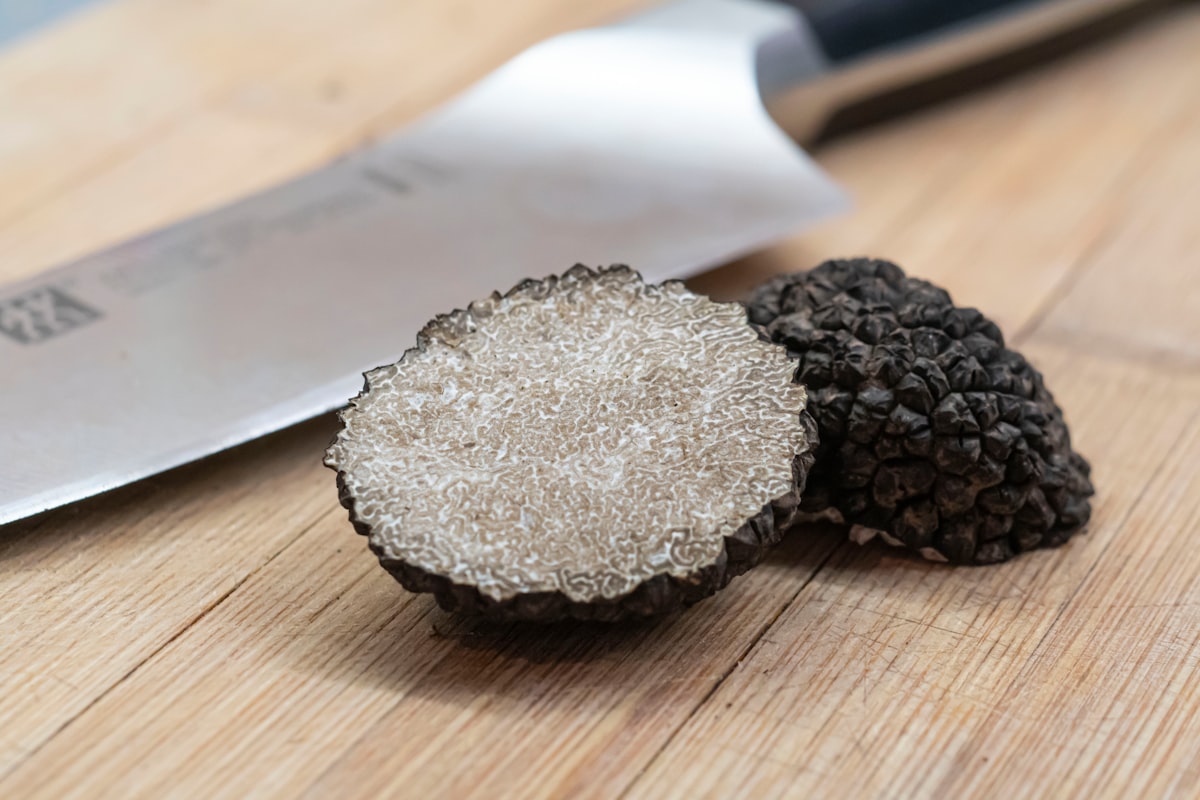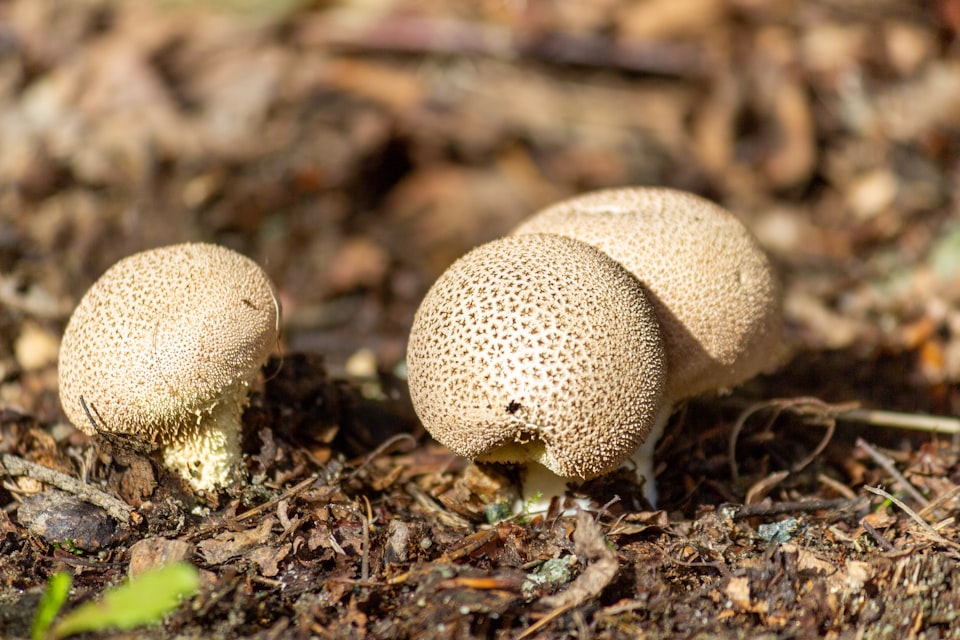VIII: Truffle
Truffle oil : truffles :: machine writing : writers

Good morning. Today is octidi, the 28th of Frimaire, Year CCXXXI. We celebrate la truffe, a smelly and fun little guy who hides under the ground.
A blog called Dynomight recently pondered what analogy would eventually best describe how artificial intelligence will change the nature of writing. Will machine writing be disruptive like mass production, irrelevant like chess robots, a low-end product like prefabricated housing, an entirely different medium like photography, or something else? It's a fascinating exercise that I recommend reading if you have a few more minutes this morning.
And it got me to thinking about it. My guess is that machine writers (also known as large language model machines, or LLMs) will be economically disruptive, but always considered a deceptive practice and an inferior product, and a market will continue to thrive for human writing. My analogy is that LLMs will be to writing as truffle oil is to truffles.



